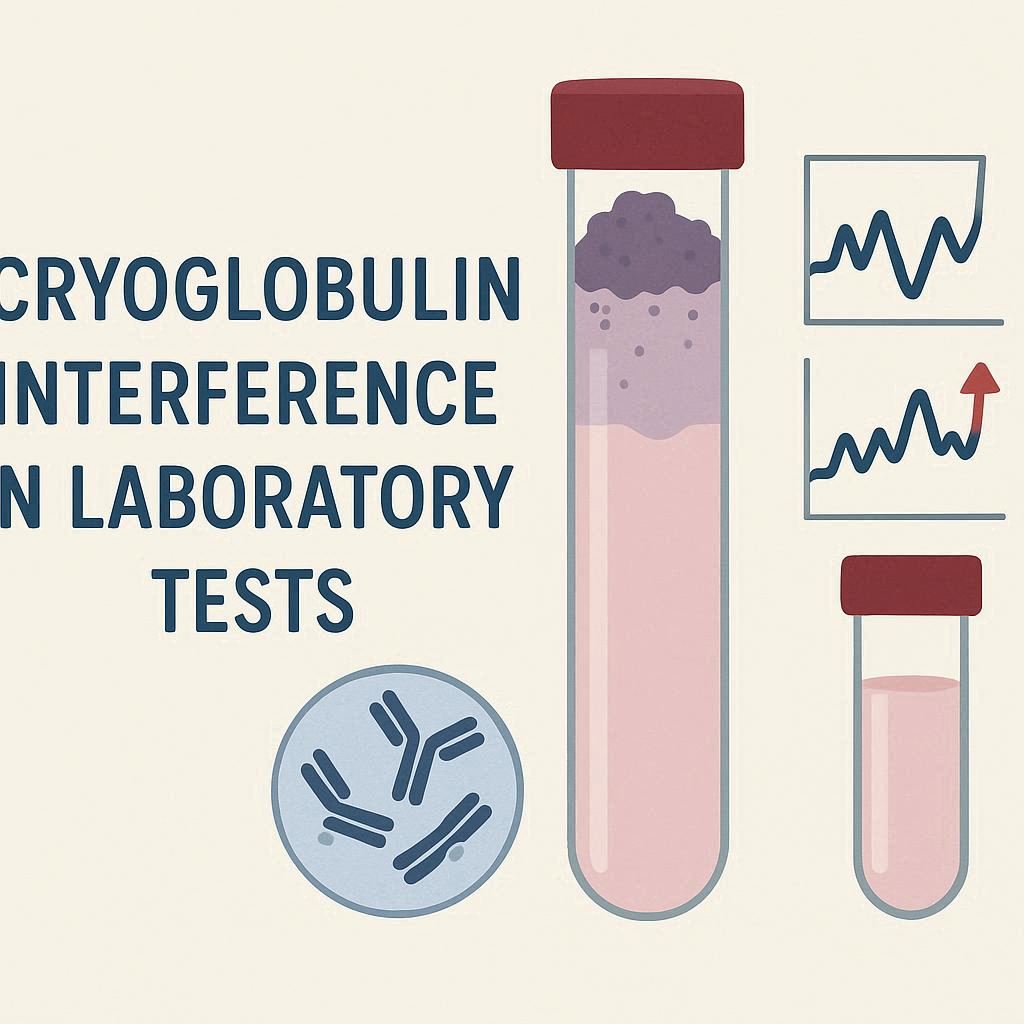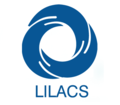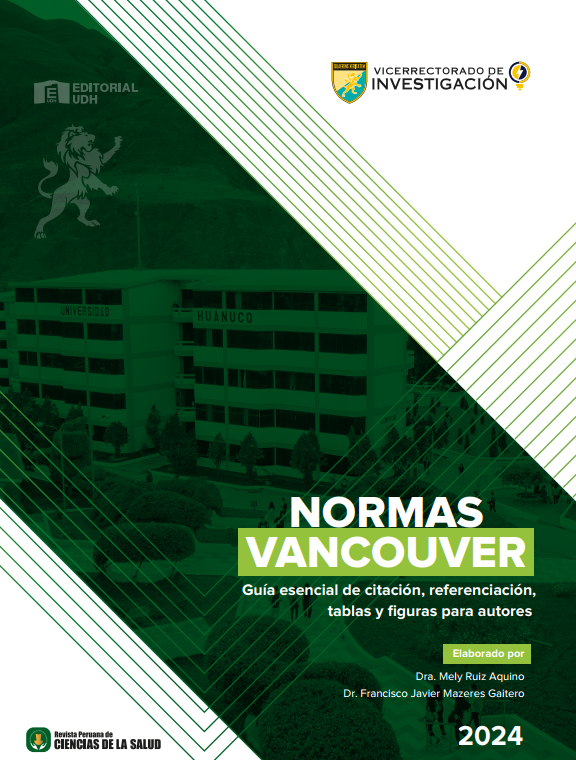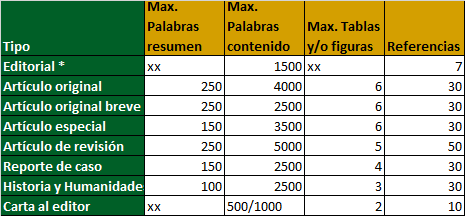Cryoglobulin interference in laboratory tests: analytical error or diagnostic clue?
DOI:
https://doi.org/10.37711/rpcs.2025.7.4.3Keywords:
cryoglobulins, cryoglobulinemia, laboratory test, diagnosis, interference, immunoglobulinsAbstract
Cryoglobulins are immunoglobulins that precipitate at low temperatures and redissolve upon reheating the sample. They are also a well-known source of laboratory test errors, potentially compromising medical diagnosis. This review aimed to analyze cryoglobulin interference in clinical laboratory tests to determine whether it represents merely an analytical error or a valuable diagnostic clue. A literature review was conducted using scientific databases from 2020 to 2024. Notably, their presence has often been crucial in identifying pathologies that are difficult to diagnose. In conclusion, the detection of cryoglobulins in clinical samples should not be regarded solely as an analytical error but also as a valuable diagnostic indicator of underlying diseases that are often challenging to detect by other means.
Downloads
References
1. Napodano C, Gulli F, Rapaccini GL, Marino M, Basile U. Cryoglobulins: Identification, classification, and novel biomarkers of mysterious proteins. Adv Clin Chem. [Internet]. 2020 [Consultado el 12 de abril de 2025];104(1):299-340. doi: 10.1016/bs.acc.2020.09.006
2. Fohlen-Walter A, Jacob C, Lecompte T, Lesesve JF. Laboratory Identification of Cryoglobulinemia From Automated Blood Cell Counts, Fresh Blood Samples, and Blood Films. Am J Clin Pathol. [Internet]. 2002 [Consultado el 12 de abril de 2025];117(4):606-614. https://doi.org/10.1309/QXPP-DC4X-N3Q8-KW62
3. Recio G, Molina C, Calabuig S, Benavent C, Picó-Plana E, Martín C, et al. False-seronegative HCV infection motivated by interference with cryoglobulins. Adv Lab Med. [Internet]. 2021 [Consultado el 12 de abril de 2025];2(2):297-300. Disponible en: https://pmc.ncbi.nlm.nih.gov/articles/PMC10197300/
4. Rodríguez T, Jiménez J. Crioglobulinas: características y metodología de estudio. Recomendación (2014). Rev Lab Clín. [Internet]. 2016 [Consultado el 12 de abril de 2025];9(3):124-130. doi: 10.1016/j.labcli.2016.04.006
5. Retamozo S, Quartuccio L, Ramos-Casals M. Crioglobulinemia. Med Clin (Barc) [Internet]. 2022 [Consultado el 12 de abril de 2025];158(10):478-487. https://doi.org/10.1016/j.medcli.2021.11.017
6. Fava M, Cilio A, Debernardi M, Bendjuia G. Crioglobulinemia: una entidad heterogénea. Dermatología Argentina [Internet]. 2021 [Consultado el 12 de abril de 2025];27(4):145-151. https://doi.org/10.47196/da.v27i4.2219
7. Paz AS, Santiago MB. Crioglobulinemia. Rev Ciênc Hosp Santa Izabel [Internet]. 2022 [Consultado el 12 de abril de 2025];6(4):189-193. https://doi.org/10.35753/rchsi.v6i4.3738. Killeen RB, Awais M, Mikes BA. Cryoglobulinemia In: StatPearls [Internet]. Treasure Island (FL): StatPearls Publishing; 2025 [Consultado el 3 de mayo de 2025]. Disponible en: https://pubmed.ncbi.nlm.nih.gov/32491538
9. Dave RG, Padiyar S, Mathew J, Nair SC. Unusual Morphological and Automated Hematology Analyzer Features in 3 Cases of B-cell Malignancy-associated Type I Cryoglobulinemic Vasculitis. Indian J Hematol Blood Transfus. [Internet]. 2021 [Consultado el 12 de abril de 2025];37(4):658-658. doi: 10.1007/s12288-021-01398-w
10. King RI, Florkowski CM. How paraproteins can affect laboratory assays: Spurious results and biological effects. Pathology [Internet]. 2010 [Consultado el 12 de abril de 2025];42(5):397-401. Disponible en: https://www.pathologyjournal.rcpa.edu.au/action/showFullText?pii=S0031302516333980
11. Stoyanov A, Toong C, Kong Y, Chen R, Urriola N. Serum protein electrophoresis and rheumatoid factor analysis is an effective screening strategy for cryoglobulinaemia. Pathology [Internet]. 2023 [Consultado el 12 de abril de 2025];55(3):391-396. doi: 10.1016/j.pathol.2022.09.004
12. Smit B, Kouijzer IJ, van der Meijden WA, Kleij A, de Kat Angelino CM, Wijnands C, et al. Early detection of unusual cryoglobulinemia from automated cell counts and blood films. Clin Chim Acta [Internet]. 2025 [Consultado el 12 de abril de 2025]; 573(1):120290. https://doi.org/10.1016/j.cca.2025.120290
13. Kolopp-Sarda MN, Miossec P. Practical Details for the Detection and Interpretation of Cryoglobulins. Clin Chem. [Internet]. 2022 [Consultado el 16 de abril de 2025];68(2):282-290. https://doi.org/10.1093/clinchem/hvab195
14. Baccini V, Geneviève F, Jacqmin H, Chatelain B, Girard S, Wuilleme S, et al. Platelet Counting: Ugly Traps and Good Advice. Proposals from the French-Speaking Cellular Hematology Group (GFHC). J Clin Medicina [Internet]. 2020 [Consultado el 16 de abril de 2025];9(3):808. https://doi.org/10.3390/jcm9030808
15. Leleux C, Zerbib Y, Pommerolle P, Da Rocha A, Serpier M, Caillard P. Rare manifestations of cryoglobulinemic vasculitis: a case report. Inmunol frontal [Internet]. 2023 [Consultado el 19 de abril de 2025];14:1271584. doi: 10.3389/fimmu.2023.1271584
16. Motyckova G, Murali M. Laboratory testing for cryoglobulins. Am J Hematol. [Internet]. 2011 [Consultado el 13 de abril de 2025];86(6):500-502. https://doi.org/10.1002/ajh.22023
17. Kolopp-Sarda MN, Miossec P. Contribution of Hepatitis C Infection to a Large Cohort of Cryoglobulin-Positive Patients: Detection and Characteristics. Front Immunol. [Internet]. 2020 [Consultado el 19 de abril de 2025];11:1183. doi: 10.3389/fimmu.2020.01183
18. Dechomet M, Kolopp-Sarda MN, Dimet I, Lombard C. Accréditation des cryoglobulines: retour d’expérience du CHU de Lyon. Ann Biol Clin. (Paris) [Internet]. 2021 [Consultado el 19 de abril de 2025];79(2):190-195. Disponible en: https://stm.cairn.info/revue-annales-de-biologie-clinique-2021-2-page-190?lang=fr&tab=texte-integral
19. Geara A, El-Imad B, Baz W, Odaimi M, El-Sayegh S. Pseudoleukocytosis secondary to hepatitis C-associated cryoglobulinemia: A case report. J Med Case Rep. [Internet]. 2009 [Consultado el 3 de mayo de 2025];3(1):1-4. Disponible en: https://jmedicalcasereports.biomedcentral.com/articles/10.1186/1752-1947-3-91
20. Jones RR, Pusey C, Schifferli J, Johnston NA. Essential mixed cryoglobulinaemia with false-positive serological tests for syphilis. Sex Transm Infect. [Internet]. 1983 [Consultado el 3 de mayo de 2025];59(1):33-36. Disponible en: https://sti.bmj.com/content/59/1/33
21. Li Y, Zhou L, Wang K, Luo X, Zhang L, Cai K. An interference in bilirubin detection: Pulmonary marginal zone lymphoma presenting monoclonal cryoglobulin. Clin Chim Acta [Internet]. 2025 [Consultado el 16 de abril de 2025];567:120066. doi: 10.1016/j.cca.2024.120066
22. Nevejan L, Bossuyt X. Commentary on Problematic Proteins: A Case with High Paraprotein Concentration. Clin Chem. [Internet]. 2024 [Consultado el 16 de abril de 2025];70(7):908-909 https://doi.org/10.1093/clinchem/hvae062
23. Schrader SM. Commentary on Problematic Proteins: A Case with High Paraprotein Concentration. Clinical Chemistry [Internet]. 2024 [Consultado el 16 de abril de 2025];70(7):909-910. https://doi.org/10.1093/clinchem/hvae063
24. Simac B, Zivkovic M, Kukuruzovic K, Brkic I, Djerek L. Interferencia de la crioglobulina con el recuento plaquetario: informe de un caso. Biochemia Medica [Internet]. 2022 [Consultado el 16 de abril de 2025];32(1):172-173. Disponible en: https://www.croris.hr/crosbi/publikacija/prilog-skup/724961
25. Bardet V, Zhu J. Numération plaquettaire, précipitons-nous? A spurious platelet count. Revue Francophone des Laboratoires [Internet]. 2022 [Consultado el 16 de abril de 2025];2022(545):22-25. https://doi.org/10.1016/S1773-035X(22)00279-9
26. Joshi S, Dhawale S, Ingle S, Sawant A, Dhar K, Doshi R. Pseudoleukocytosis, WBC Histogram and Peripheral Blood Smear Examination: The Clue to the Diagnosis of Rare Disorder Mixed Cryoglobulinemia - An Interesting Case Report. Scholars Journal of Medical Case Reports [Internet]. 2022 [Consultado el 16 de abril de 2025];10(11):1141-1146. Disponible en: https://www.saspublishers.com/media/articles/SJMCR_1011_1141-1146_FT_1QUXZar.pdf
27. Mylemans M, Boeckx N, Dierickx D, Tajdar M, van Laer C. Blood smear and fluorescence based platelet count are key in a case of cryoglobulin masked thrombocytopenia. Int J Lab Hematol. [Internet]. 2023 [Consultado el 16 de abril de 2025];45(6):825. doi: 10.1111/ijlh.14142
28. Tan E, Bundell C, Brusch A, Chin G, Hew M. Hepatitis C-associated glomerulonephritis masquerading as Goodpasture’s syndrome. Pathology [Internet]. 2020 [Consultado el 19 de abril de 2025];52(1):121-122. Disponible en: https://www.pathologyjournal.rcpa.edu.au/action/showFullText?pii=S003130252030413X
29. Krishnamurthy K, Sriganeshan V, Medina AM. An unusual case of lymphoplasmacytic lymphoma/Waldenström macroglobulinemia presenting with intractable seizures and interference with automated testing. J Hematop. [Internet]. 2021 [Consultado el 16 de abril de 2025];14(1):69-73. Disponible en: https://link.springer.com/article/10.1007/s12308-020-00432-6
30. Gómez R, Fabregat A. Interferencias analíticas en el laboratorio. Educación Continuada en Laboratorio Clínico [Internet]. 2020 [Consultado el 3 de mayo de 2025];50:38-58. Disponible en: https://www.seqc.es/download/tema/38/7589/112002044/656400/cms/tema-3-interferencias-analiticas-en-el-laboratorio.pdf
31. Mariscal-Rodríguez A, Villar Guimerans LM, López-Trascasa M, Hernández González M, Moga Naranjo E. Guía de laboratorio para el diagnóstico de pacientes con síndrome crioglobulinémico. Rev Clin Esp. [Internet]. 2019 [Consultado el 3 de mayo de 2025];219(9):505-513. doi: 10.1016/j.rce.2018.10.006
32. Patel A, G H, sahani O, Chaudhry S. IGM Myeloma with Acquired Type I Cryoglobulinemia and Acquired Von Willebrand Disease Presenting with Superior Vena Cava Syndrome: A Case Report. European Journal of Cardiovascular Medicine [Internet]. 2024 [Consultado el 3 de mayo de 2025];14:742-744. Disponible en: https://healthcare-bulletin.co.uk/article/igm-myeloma-with-acquired-type-i-cryoglobulinemia-and-acquired-von-willebrand-disease-presenting-with-superior-vena-cava-syndrome-a-case-report-2664/

Downloads
Published
Issue
Section
License
Copyright (c) 2025 Angel Isaias Pandashina Masabanda

This work is licensed under a Creative Commons Attribution 4.0 International License.





















